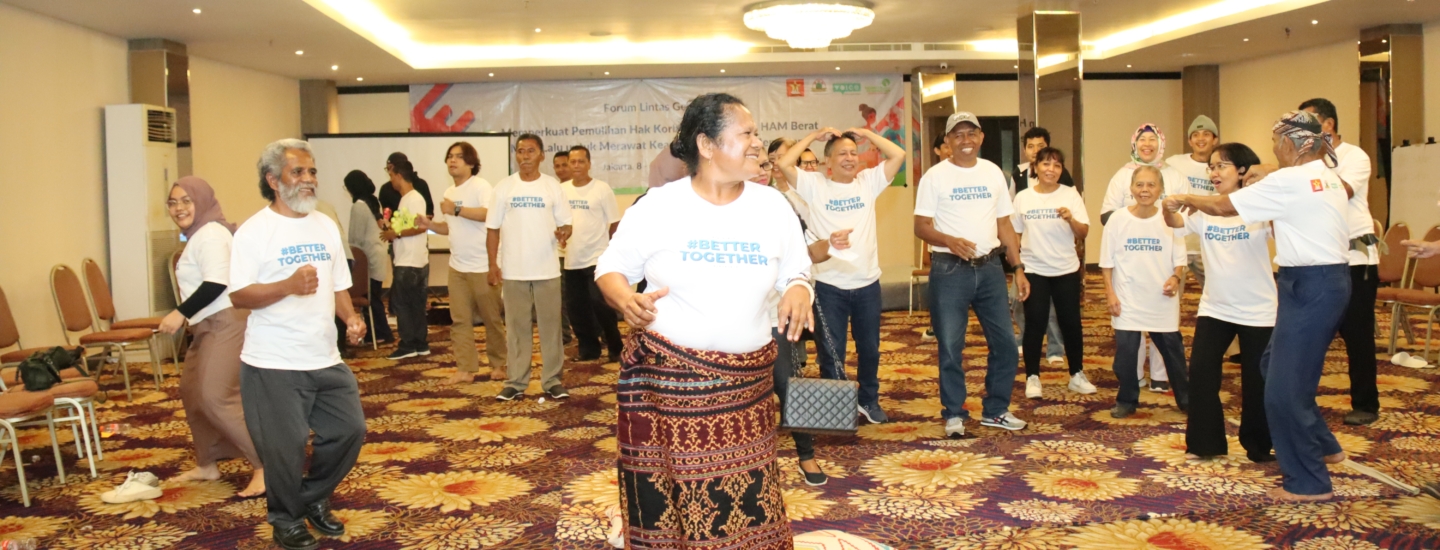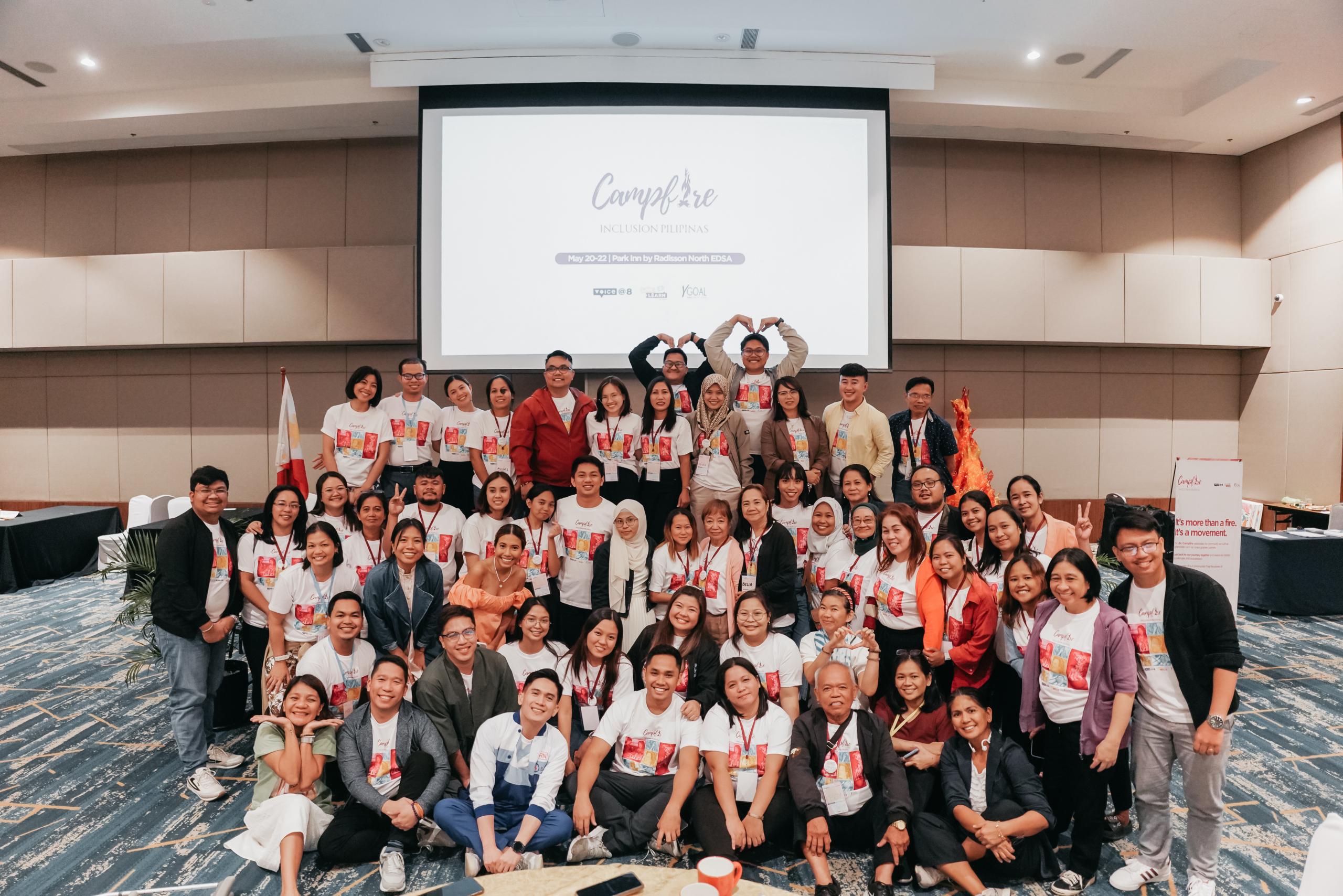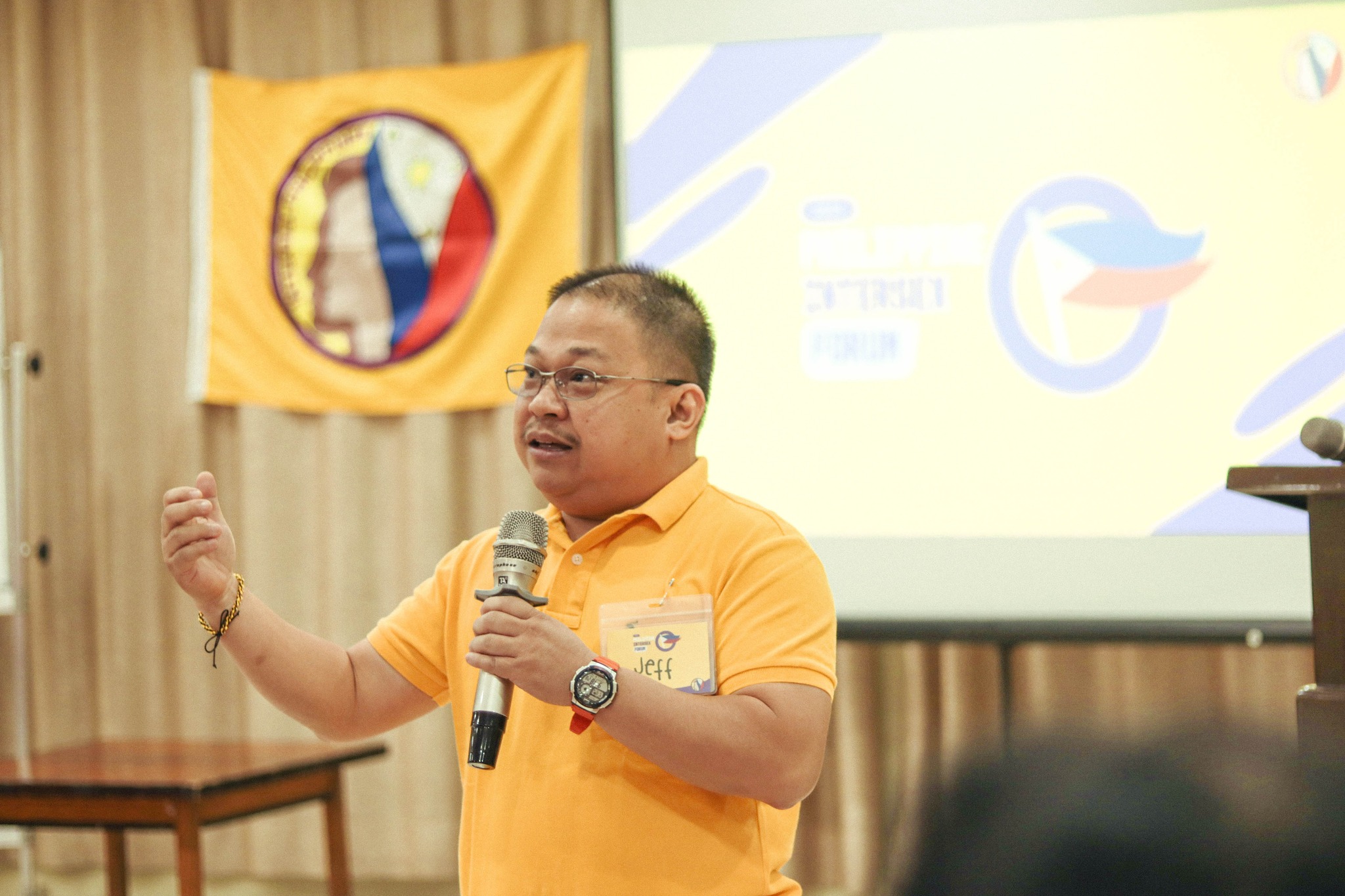Building Bridges Between Generations: Inspiring Stories of Young People’s Involvement in Fighting for Elderly Rights
Sang Mahardika Atawa Bengawan Sala
Written by: Dimas Suroaji (Volunteer of Sekber’65)
Voice over by: Osi Naya (YSIK/Indonesia for Humanity)
Listen to the poem recording here:
Sang Mahardika Atawa Bengawan Sala
Transcription:
Sungai itu bernama Merdeka
Ia mengalir sepanjang sejarah
Saksi segala kisah:
Kasih atau kesah
Kala itu merekam kala
Semak semanggi malu-malu
Kelir kehidupan bercerita:
Tragedi atau komedi
Batu batu itu bisik bisik
Jangan tanya sejak kapan ada kehidupan
Aku sudah rekam
Perahu besar rakit reot
Tambang tempat kita bertegur sapa
Zaman cepat beralih:
Jangan tanya soal kemajuan
Jalan raya dibangun
Tambang itu hampir putus
Pecah pecah
Sampai pada saat mereka
Melupakannya
Bengawan merdeka menyempit
Merdeka! Merdeka! Merdeka!
Mereka teriak diantara sungai dan darah
Darah itu darah kebanggaan
Meluncur dari kerongkongan kering
Orang-orang yang habis dihisap penjajah
Sang merdeka tetap sendiri
Ia tetap sunyi hingga suatu masa
Ia tergagap kaget
Beberapa letusan senapan
Teriak orang-orang malang
Merah darah di alir nadinya
Sesaat ia kembali sunyi
Sehingga kini gemuruh buldozer dan eskavator
Menanam beton dan talud ditubuhnya.
This is a story about Bengawan Sala (or Bengawan Solo), the longest river in Java, Indonesia. Bengawan Sala has many important stories and is also influential in politics and culture such as Geger Pacinan, Babad Giyanti, until the Diponegoro War. There are some ancient texts of Bengawan Sala which is called Sang Mahardhika or Merdeka (freedom), which means that people have been free from desires. After the war for independence, Bengawan Sala was also a witness in the Indonesian mass killings of 1965-1966. As time goes by, there is a shifting meaning of the river especially Bengawan Sala. Most people no longer saw the river as a part of their culture but as a dirty place, dark and haunted.
In the midst of Indonesia’s long struggle for justice and human rights, the issue of the elderly, especially victims of the ’65 gross human rights violations, continues to be the main focus of Indonesia for Humanity (IKa). However, IKa realizes that the future of this struggle lies with the younger generation. With this spirit, the Better Together program was launched, targeting the active involvement of young people to care and fight together.
Raising awareness through campaigns and discussions
Better Together invites young people to care and fight together for the welfare of the elderly. Campaigns to assist the elderly in accessing health facilities and cross-generational discussion forums provide a platform for them to share knowledge and experience. Collaboration with consortium partners such as Sekber’65 and PBH Nusra aims to ensure that the economic, social and cultural rights of elderly victims of ’65 human rights violations can be fulfilled, while promoting human rights to the younger generation.
Capacity Building: Equipping the Young Generation
IKa also facilitates capacity building of consortium partners in two aspects: program and communication. For example, in improving communication, IKa helped one of the communication staff from PBH Nusra learn design through Canva. This was done so that PBH Nusra is able to manage social media with rich stories from the field, so that their campaigns are more effective and attractive to young audiences.
At a cross-generational forum held in August, IKa met and shared stories about elderly issues. One inspiring story came from a PBH Nusra youth who was happy and grateful to have been taught design through Canva, which enabled him to better assist the elderly in NTT.
Global Collaboration and International Experience
Another inspiring story came from Sekber’65 in Solo. During their Summer School, students from 10 universities in various countries (such as Kenya, China, Uganda, Canada, France, UK, USA, Hungary, Australia, and Afghanistan) visited their office. Sekber’65, which initially only engaged in social media on Facebook, is now active on Instagram and TikTok after participating in the Better Together program. These social media have become a bridge that connects them with international students who are enthusiastic about studying the ’65 issue. “Thank you for your help. The campaign made us have Summer School students who wanted to learn about the ’65 issue. Because of our active posting on social media and website, they recognize Sekber’65,” one of the Sekber’65 organizers told IKa.
Fundraising Initiatives by the Young Generation
The Better Together program also inspires the younger generation to be active in fundraising. For example, volunteers from the Sekber’65 Young Generation Forum took the initiative to raise funds for the construction of a well for Simbah in Solo. In addition, the collaboration of young people and the elderly through the Tenun Ikat Sikka Fashion Show is another example of a fundraising initiative that involves various generations.
The awareness process and active involvement of young people has strengthened the ability and built the confidence of partners in carrying out similar activities in the future. Their involvement shows that the struggle for justice and human rights can continue and grow through intergenerational synergy.
With the passion and involvement of young people, IKa believes that the future of this struggle will continue to live on and give hope to those who need it most.
Translated with DeepL.com (free version)











































